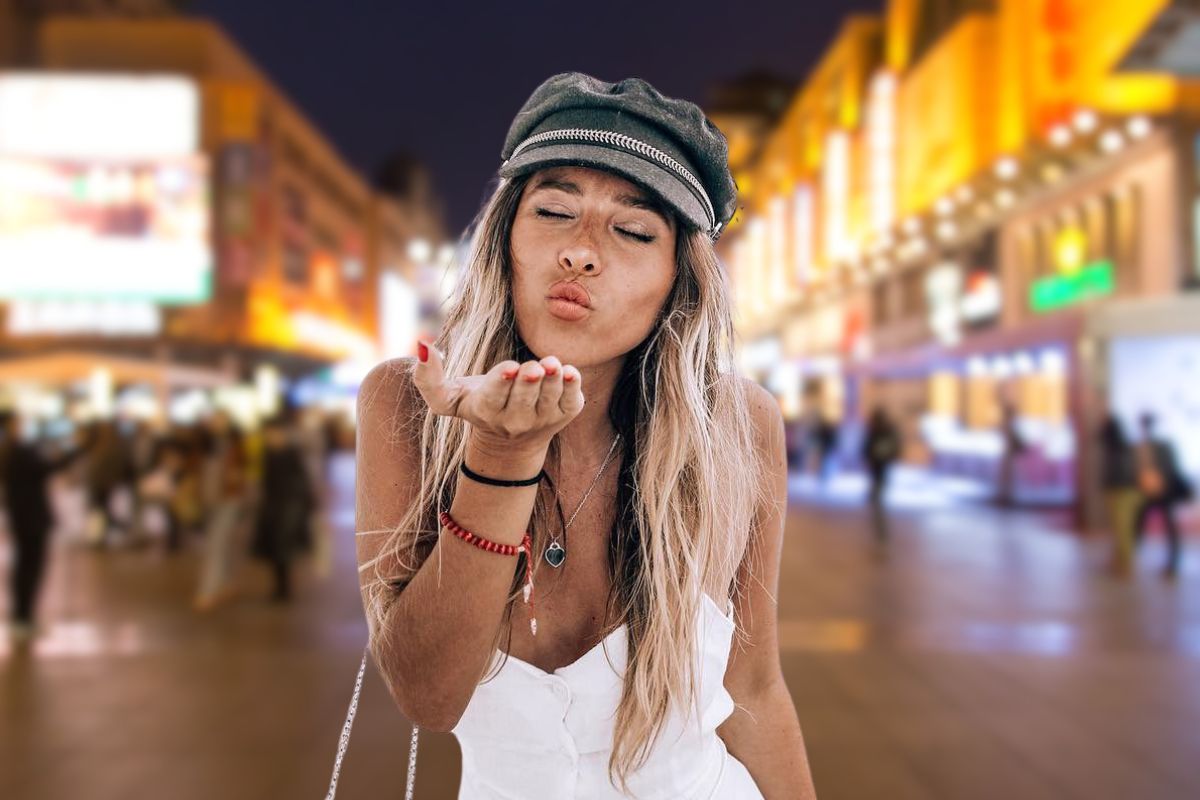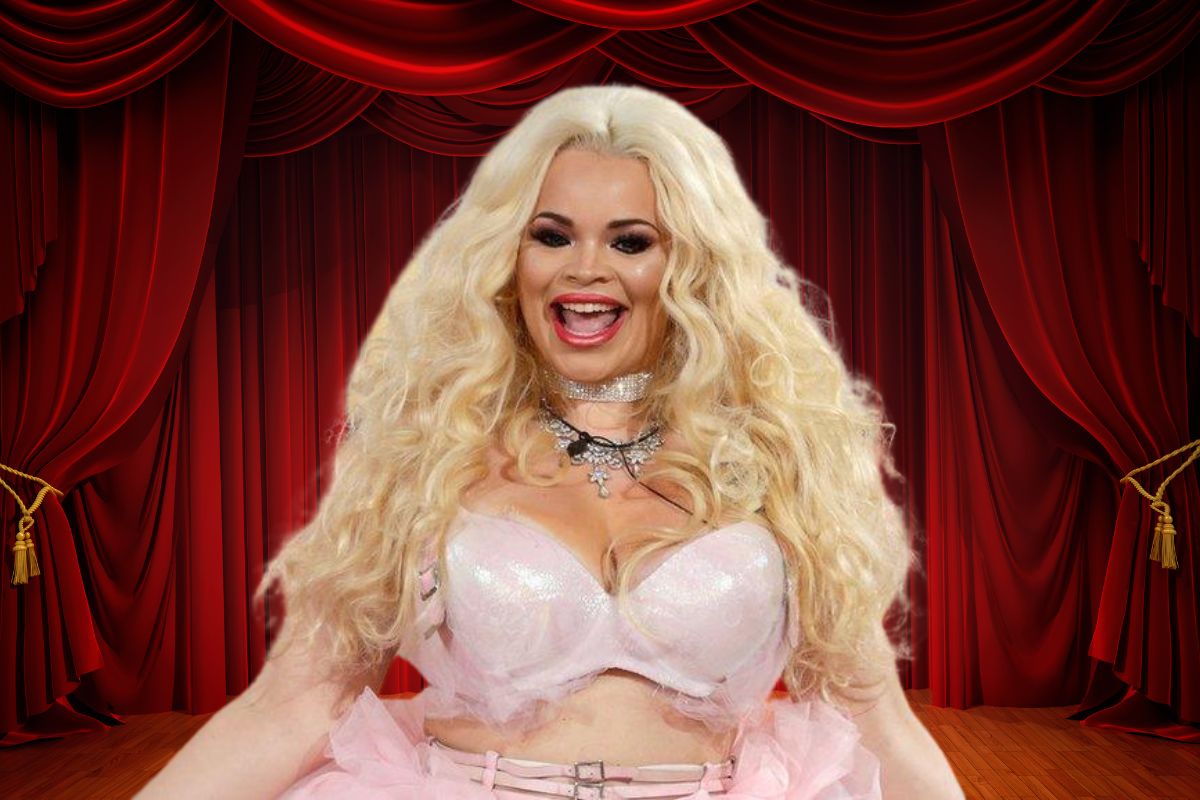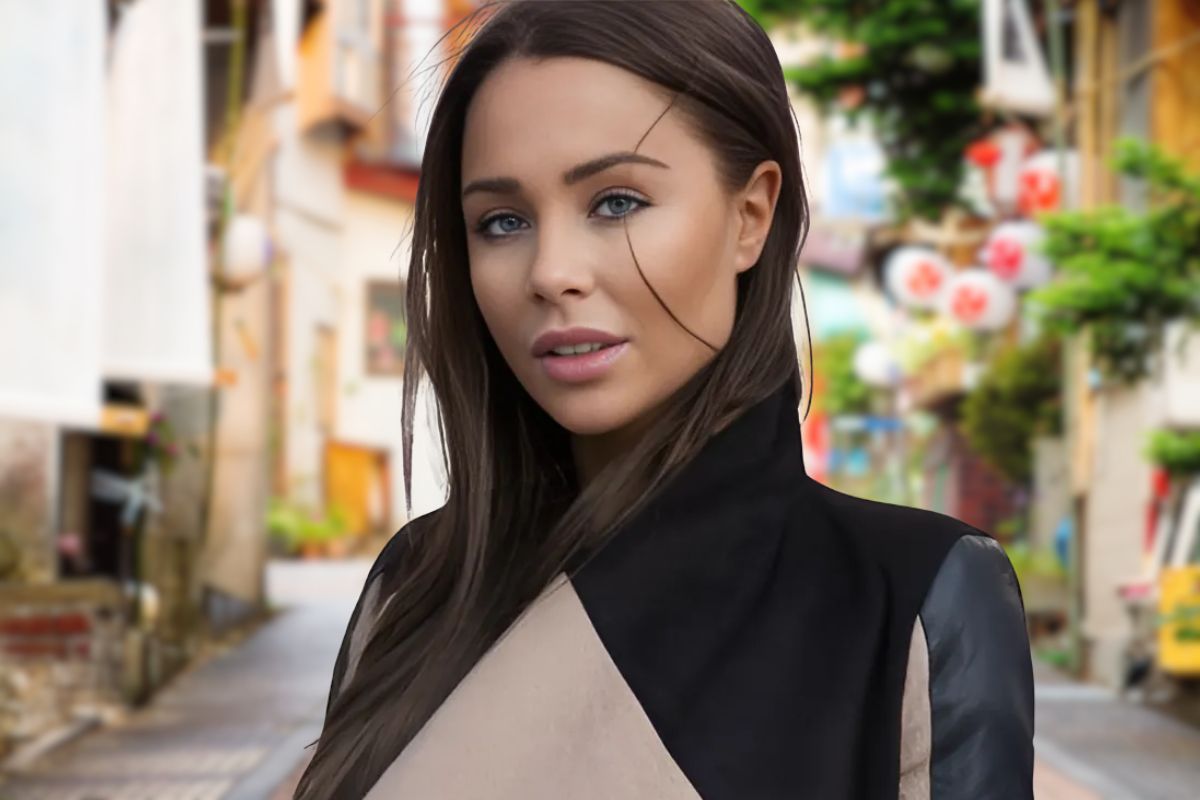

Welcome to the world of Real Girls Gone Bad – a space where female freedom and self-expression take on a whole new meaning. In today’s age of social media, influencers are constantly pushing the boundaries and shocking audiences with their wild antics, all in the name of staying relevant and gaining followers.
But what drives these real girls to go bad? Is it for attention, money, or something deeper? Join us as we delve into the intriguing world of real girls gone bad and their quest for fame.
Table of Contents

First on our list of real girls gone bad is Kensington Tillo, a 23-year-old influencer with a significant following on TikTok, who became the subject of an online debate about privilege after she decided to leave the Coachella music festival a day early.
Despite having VIP passes, which can cost up to $1,500, Tillo chose not to attend the third day of the festival, stating she didn’t want to “push [herself]” and needed to “listen to [her] body” to avoid a “complete spiral” as had happened on a previous group trip.
Tillo was invited to Coachella by Kourtney Kardashian’s lifestyle brand, Poosh, which she described as “the dream scenario of Coachella.”
However, she opted to leave for Cabo, Mexico, for relaxation instead.
Her decision and the subsequent TikTok video where she got fully glammed-up for social media pictures, despite not going to the festival, sparked a conversation about influencer culture and privilege.
Some commenters suggested that she should have stayed to create content or donated her wristband to someone who wanted to attend.

A French social media influencer, Oceane El Himer, found herself at the center of controversy when she was caught pretending to be flying business class.
Oceane, known for her appearances on French TV shows, posted a photo on Instagram dressed in a green and purple tracksuit in the business class cabin of a flight from Dubai to Monaco.
However, passengers on the same flight later spotted her in economy class, wearing the same outfit, and shared photos online.
The incident sparked a debate about authenticity and the portrayal of lifestyles on social media.
Oceane responded to the viral situation by posting another picture in business class with a caption that humorously acknowledged the previous incident.

Third on our list of real girls gone bad is Tupi Saravia, a travel influencer. She faced public scrutiny when it was discovered that she had been editing the same cloud formation into her travel photos.
The repetition of the clouds across different images caught the attention of her followers and quickly became a topic of conversation online.
Saravia admitted to using a photo-editing app called Quickshot to add clouds to her pictures, particularly favouring one cloud pattern because it was her preferred choice.
The incident sparked discussions about authenticity on social media and the expectations set by influencers.
In spite of the backlash, Saravia took it in stride and even collaborated with the developers of the app to design new cloud shapes, making the controversy an occasion for cooperation.

Trisha Paytas, a YouTuber, got into major trouble after posting a video called “I AM TRANSGENDER (FEMALE TO MALE)” where she declared herself to be transgender even though she identified “1000 per cent” with her natal sex.
In the video, Paytas said she is more masculine than female and identified with being a gay man and said that she’s a boy sometimes.
But she also said she will keep using her birth name and female pronouns and doesn’t like gender-neutral pronouns.
The clip, viewed by some as clickbait, created a tide of disapproving sentiments on social media. People criticised Paytas for being a case of real girls gone bad and not really getting the transgender life.

Santoshi Shetty, an influencer in the fashion industry, was criticised for providing paid individual therapy sessions on Instagram.
She declared a campaign “Flying Cheese” under which she asked Rs 1,500 for one session, claiming to offer ‘good vibes’ and promote free conversation about mental health.
But netizens and mental health experts condemned her for her lack of training and called her response irresponsible and insensitive.

The last one on our “Real Girls Gone Bad” list is Swedish Instagram influencer Johanna Olsson.
She was criticised for sharing pictures from her Paris vacation that looked excessively photoshopped.
The pictures in question were of Olsson at several of Paris’ most famous locations, but the editing was so cheap that she looked like she was hovering over the ground or had strange borders around her body.
In spite of the outrage and the evident photo editing mistakes, Olsson defended herself by claiming that everyone retouches their photographs, and she didn’t cut them out since it was a collaboration and she liked the dress and photos.
In conclusion, although all these trending real girls gone bad have caused some ripples with what they’ve done, their experiences teach us just how precarious and dynamic the social media world can be.
As observers who follow and watch them, we can do something about it by doing some careful consideration of what we witness on the net and questioning if it’s actual as well as promoting honesty and actual sharing of self on the internet.
Sign up to receive our email, delivering the latest stories straight to your inbox.
